ו׳ אדר ה׳תש״פ | March 2, 2020
Brother-in-law and Chossid
Today is the yahrtzeit of R’ Shmaryahu Gurary, the Rebbe’s brother-in-law who emerged as his dedicated chossid.

Today is the yahrtzeit of R’ Shmaryahu Gurary, the Rebbe’s brother-in-law who emerged as his dedicated chossid.
By Rabbi Michoel A. Seligson
Rabbi Shmaryohu Gurary, known to all as The Rashag, was the Previous Rebbe’s oldest son-in law. This brief overview cannot possibly convey all the qualities of his personality nor his accomplishments or life events. Unfortunately, to date, nothing has been published that would comprehensively present a biographical sketch of his life. In researching the Previous Rebbe’s letters, it is possible to obtain some of the details of the RaShag’s experiences.
The Rashag was born in Kremenshug, Russia on Rosh Chodesh Kislev 5658 in late 1897 to the distinguished and revered Chossid Reb Menachem Mendel Gurary. He studied in Yeshivas Tomchei Tmimim in the city of Lubavitch for a period of time.
My father has chosen him from the elite students
In the mid-1910’s, the Rashag was chosen as the future son-in-law of the Previous Rebbe. In late Adar of 1920, when his father the Rebbe RaShaB was lying ill prior to his histalkus, the Previous Rebbe gathered all of his children to receive Brochos from his father. The RaShag, about to be the son-in-law of the Previous Rebbe, was amongst them and received a Brocho.
The RaShag’s wedding took place in Rostov in Sivan, 1921. Regarding the wedding, the Previous Rebbe wrote to Chassidim (vol. I pg. 149): “I will praise the Master of all who has sustained us and helped us reach this occasion to bring joy to the hearts of my father’s friends in notifying them, that with G-d’s generosity, the scheduled time has arrived for rejoicing and blessing. The wedding day of my oldest daughter Chana to her groom [Mr.] Shmaryohu the son of Reb Menachem Mendel Gurary, which will take place on Friday Erev Shabbos Nosso, the upcoming eleventh of Sivan, here in Rostov on the lake of Dan.”
In another letter, the Previous Rebbe wrote: “We chose [Mr.] Shmaryohu knowing that my father has chosen him from the elite students of Tomchei Tmimim.”
The situation in Russia at that time was very dangerous for Jews. The KGB was constantly monitoring the Previous Rebbe, his mosdos, and activities. There were incidents where the KGB confiscated many different artifacts such as clothing, for example, that had been passed on from one Rebbe to the next. They arrested Chassidim without notice under false pretenses. One such incident took place in Adar, 1921. KGB agents arrived at the Yeshiva in Rostov and using a false accusation, closed the yeshiva and ordered that the students be drafted into the army. They arrested the chosson Reb Shmaryohu Gurary and three students for five days. After the Previous Rebbe proved the evidence to be false, they were released from prison (Igros I pg. 179 footnote).
The RaShag’s Tasks & Activities in Russia
The Previous Rebbe’s letters from late 1921 refer to the various and sometimes difficult tasks that the RaShag was given to manage. Chassidim wrote to the Previous Rebbe asking advice on how to rescue Chassidim from Russian prisons and to financially support the Rebbe’s work in maintaining the Yeshiva, schools for children, and Mikvaos.
The Rebbe responded, writing in a masked form, that regarding these matters it is a difficult task and that they will receive a letter from “My son-in-law Reb Shmaryohu”.
In late 1924, there was a plan under consideration for the Rebbe to leave Russia and settle in the United States. The Previous Rebbe wrote to the communal leaders of Anash in Riga and the United States. In order not to raise Russian suspicions, they were written in code. In one of these letters, the Rebbe wrote, “As we heard, there are great physicians in their city. I am considering meeting with them. Perhaps a big company could be contacted from whom we can obtain a document in my son-in-law’s name, requesting that we visit them.”
The RaShag traveled to different countries to meet with communal leaders in order to enhance the welfare of the Jews in Russia. After Pesach 1928, the RaShag traveled from Riga, to Berlin, Paris, London, Hamburg and back to Berlin (Igros II, pgs. 67.82). The Rebbe wrote additional letters regarding the RaShag’s trip and outlined the need to support the RaShag.
Prior to leaving Russia, the Previous Rebbe set up a center in Riga to deal with the concerns of the Russian Jews (Igros II, pg. 7). The RaShag was placed in charge of this organization. Before Pesach, the Previous Rebbe instituted a project to supply Russian Jewry with material for Matzos. The RaShag was given the task of dealing with the taxes imposed for these Matzo parcels (Igros II, pg.170).
In the summer of 1929, the Previous notified Chassidim that on the 22nd of Tamuz he would be traveling to Eretz Yisroel via Alexandria, Egypt (Igros II pg. 186). The Rebbe was accompanied by the RaShag and spent two weeks in Israel. From Israel, they traveled to Baden, Germany, Paris, France, and finally to Le Havre, France where they boarded a ship for the United States. The Previous Rebbe remained in the United States for almost a full year, visiting various cities. They met with the Jewish communities of Chicago, Detroit, S. Louis, Philadelphia, Baltimore and New York. In Brooklyn, the Rebbe stayed in a home located on Brooklyn Avenue near Park Place.
In 1934, there were requests from the Jews in Russia regarding emigration to Israel. The Previous Rebbe explained to them the difficulty of such an endeavor and mentioned the RaShag as the person who could successfully implement such a project (Igros II, pgs. 77, 147).
In 1938, we read about an incident that displeased the Previous Rebbe. The Rebbe wrote to Chassidim who resided in Israel, “You have in your presence my prominent son-in-law Horav Shmaryohu (who then lived in Israel) to whom the honor of matters of Chassidus, in general, and the honor of Lubavitch, in particular, are very precious. He is a straightforward and calm person. He understands a topic in its depth, and the Tmimim are his brothers. Their honor is very important to him. He is a man of understanding and is able to exercise it in a practical sense.”
In the summer of 1939, the Previous Rebbe notes that the RaShag accepted yet another new task. This time it was a position with the Joint Distribution Committee, an organization that helped the Jews of Europe. The Rebbe wrote [that the RaShag] “Is very appropriate for this position and this will prove
beneficial for the public and for our brethren in Russia.”
Expanding of the Lubavitcher Yeshivos in Poland
Over the course of the following years, through the end of the thirties to the beginning of the forties, the RaShag was active in the creation of divisions of the Yeshiva Tomchei Tmimim. Originally founded in Lubavitch, the Previous Rebbe expanded the Yeshiva by establishing additional branches in the cities of Vilna, and Warsaw and Otwock in Poland.
Blossoming of the Lubavitcher Yeshivos in the United States
When WWII erupted in September 1939, the Previous Rebbe moved from Warsaw to Riga. From Riga he flew to Sweden, where he boarded a ship for the United States arriving on the 9th of Adar II in 1940.
Newspaper articles announced the Previous Rebbe’s arrival in the United States. A huge crowd gathered to greet him at the dock. Among them were delegations representing different rabbinical organizations. That same evening, the Previous Rebbe stated that he would not retire for the night until he had been assured that by the next morning a new yeshiva would be established. His request was fulfilled, and a yeshiva comprised of selected students was opened the next morning in East Flatbush in the Oneg Shabbos Shul where Rabbi Chaim Mayer Bukiet later served as the Rav. When the Rebbe moved to 770, the Yeshiva was transferred there, and in addition, stores were rented in close proximity to 770 for the younger division. This yeshiva, later referred to as the Lubavitcher Yeshiva, took up permanent residence in 1942 at Bedford and Dean Streets in Brooklyn. In 1970 the yeshiva moved to the newly erected building on Ocean Parkway between Avenues H & I in Flatbush.
After the end of World War II, the Previous Rebbe dispatched the RaShag to Germany to visit with Chassidim in the DP Camps and take an interest in their situation and uplift their spirits.
In the years that followed, Achei Tmimim for younger students as well as Tomchei Tmimim for older students, were opened in the United States. These yeshivos were founded by young emissaries of the Previous Rebbe. Eventually, yeshivos were opened in many different countries. The RaShag was placed in charge of all the branches of the Yeshiva Tomchei Tmimim. In the 1980’s, despite the RaShag’s failing health, he undertook to build a branch of the Lubavitcher Yeshiva in Crown Heights and merited to be present and deliver an address at its ground breaking event at the Crown Street campus.
Lubavitcher Yeshiva Dinners
The Lubavitcher Yeshiva would make an annual dinner. The Previous Rebbe attended some of these dinners accompanied by his two sons-in-law, the Rebbe and the RaShag. When the Rebbe assumed the nsius or leadership in 1951, with his constant blessings, the yeshivos continued to thrive and blossom. Prior to the Yeshiva dinner, the RaShag would invite the baalei batim and introduce to them the guest of honor and the honorees in his home.
The highlight of the evening was a private audience with the Rebbe. The Rebbe’s talks to the baalei batim are published in Likutei Sichos. The Rebbe would always release a letter for the dinner in which he would address the participants, encouraging them to support and invest in this sacred and vital institution. In his letters, the Rebbe would discuss the unique qualities of the teachings of this yeshiva and its essential contribution to world Jewry.
During the Acharon Shel Pesach Far-brengen in 1956, the Rebbe instructed Chassidim to drink four cups of wine during the Seuda of Moshiach. The Rebbe added that since the custom of drinking four cups of wine at Seudas Moshiach was originally instituted by the Rebbe RaShab for the Tomchei Tmimim students, therefore, now it needed to be channeled through the faculty of the Yeshiva. This meant that it should be considered as if the yeshiva was supplying the wine. Many people then asked the RaShag that he hand them their bottle of wine in order that the wine should be distributed through the leadership of the Yeshiva.
Friday nights
The RaShag was also instructed by the Previous Rebbe to stay awake on Friday nights. The RaShag kept this directive religiously. On Friday night after the Shabbos meal, the RaShag would come into the shul upstairs with many seforim and would study from them throughout the night.
The Third Shabbos meal
The Previous Rebbe also instructed the RaShag to Farbreng at the third Shabbos meal. All the participants would wash for the meal, and the RaShag would recite a Maamor. The RaShag continued this custom throughout all the years.
Hakofos
On Shmini Atzeres and Simchas Torah, the Rebbe would be honored with the first and seventh Hakofo. He would dance the Hakofos with his brother-in-law the RaShag. This was an exceptional scene. The Rebbe held the Sefer Torah in one hand, his other hand placed on the RaShag’s shoulder. The RaShag also held a Sefer Torah in one hand with the other hand on the Rebbe’s shoulder. Over the two days of Shmini Atzeres and Simchas Torah, this took place five times. In late 1977, the Rebbe suffered a heart attack during the fourth Hakofo and nevertheless continued completing the Hakofos. At the seventh Hakofo, the Rebbe again danced with the RaShag and due to the situation, the RaShag concluded the dancing cycle after the first turn.
In late 1980 shortly before Sukos, the RaShag was stricken with a stroke. Before Hakofos, the Rebbe announced that the children should
enter the area where the Rebbe usually danced. The Rebbe danced by himself, with the children all around him.
The Yom Tov meals
During the first twenty years of the Rebbe’s nesius, the Rebbe would eat the Yom Tov meals in the Previous Rebbe’s apartment. At the table were the Rebbe, the RaShag, and older Chassidim. On numerous occasions Chassidim merited to hear insights and explanations from the Rebbe on different topics. These explanations were in response to the questions that the RaShag would ask the Rebbe. At these times, the Rebbe would discuss topics not usually mentioned at the Farbrengens. Two volumes of these conversations have been published under the title Hamelech B’Mesibo.
Take me into the circle
On Pesach, 1969 after the conclusion of the Seder, the RaShag turned to the Rebbe and said that the Rebbe should lead everyone to the Redemption. The Rebbe answered, “Amen”. The RaShag requested, “Could you take me into the circle?” The Rebbe commented, “Just like we celebrated the seder together, similarly, we will eat the Pascal sacrifice together.”
The RaShag would attend all of the Rebbe’s Farbrengens as a devoted Chossid. The RaShag would stand not only for the Maamor but also for the Rebbe saying a Maamor in the format of a Sicha. At times, this was either a full-day Shabbos Farbrengen or a late evening Farbrengen that would last until the early hours of the morning. The RaShag would remain until its conclusion.
In 1986, the court case regarding the ownership of the sforim in the Library was in progress. The RaShag committed himself to the Rebbe and supported all of the Rebbe’s efforts in the case. Though his wife moved to live with her son in Montclair, NJ, the RaShag remained living in his apartment on the third floor of 770 until his passing.
In Elul, 1988 when the Rebbe arrived in 770 to place the groundbreaking stone for the expansion of the shul, the Rebbe requested that the RaShag should speak for the assembled in honor of the event.
The RaShag was ill and hospitalized for the last months of his life.
The morning of Shabbos Parshas Truma, the RaShag was nifter. The news spread rapidly. At the Farbrengen, the Rebbe mentioned the RaShag’s petira, stating that the RaShag had been appointed by the Previous Rebbe to conduct the network of Lubavitcher Yeshivos. The Rebbe said the following, “The one who merited to be appointed by my father-in-law, the Rebbe, to conduct the yeshiva, has given him the kochos to fulfill his function. We see from his activities and their outcome, how the strength and energy was conveyed from my father -in -law, the Rebbe to the RaShag. It is obvious how it was conveyed from the Moshe of this generation to the active Menahel that the activities should also continue now, as much as it is possible for a soul that has left the body. And they should awaken and rejoice, the ones dwelling in the dust, and even the ones that are not as yet dwelling in the dust, they should “awaken and rejoice” and stand up for the Techiyas Hameisim.”
In 1990 on Adar 6, the RaShag’s yahrzeit, the Rebbe spoke a Sicha. He explained the name of the RaShag, Shmaryohu the son of Menachem Mendel, and the connection between his name, his position in the Yeshiva Tomchei Tmimim, and the Redemption. The Rebbe concluded his talk with a request that the Yeshiva faculty and its students should increase in learning and in giving charity. The Rebbe added “It would noteworthy to publish a Chassidic discourse in honor of the Baal Yahrzeit relating to the Redemption and Techiyas Hameisim.”

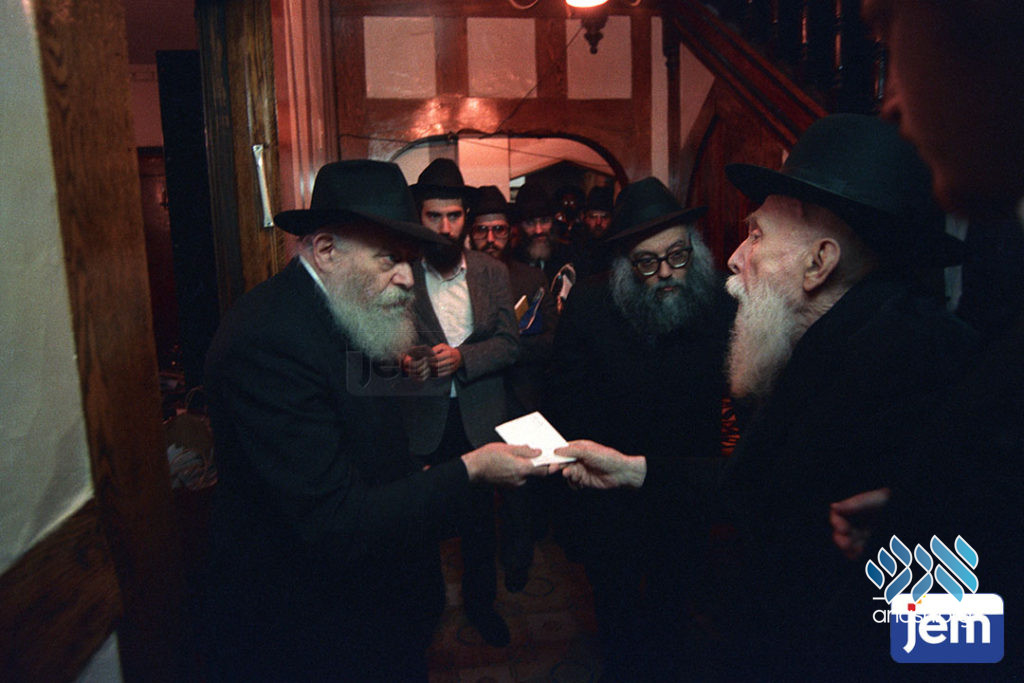
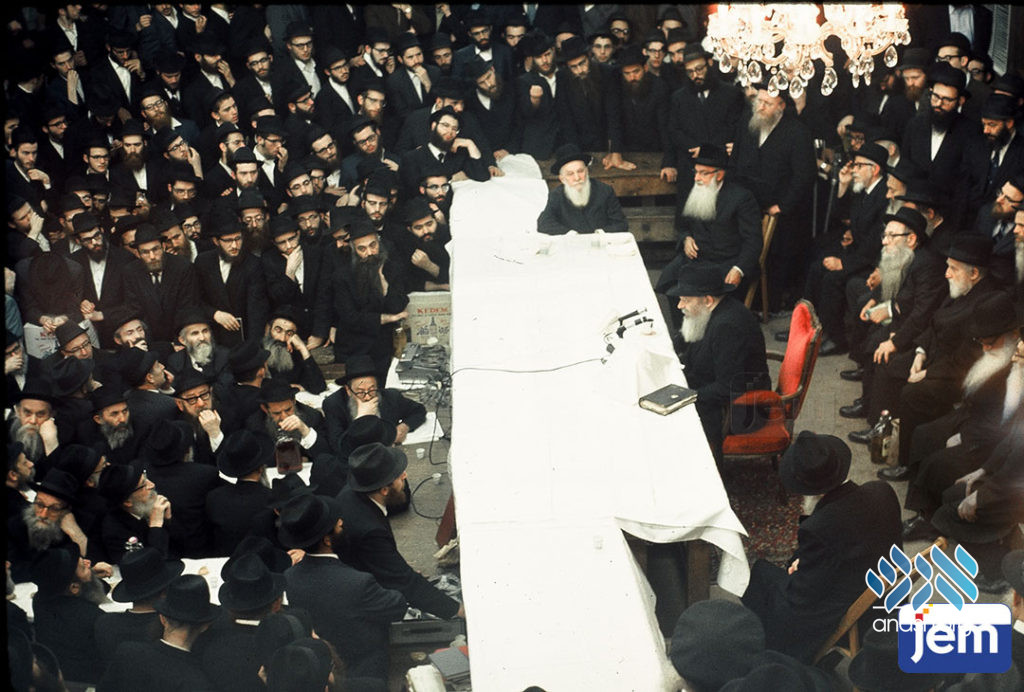
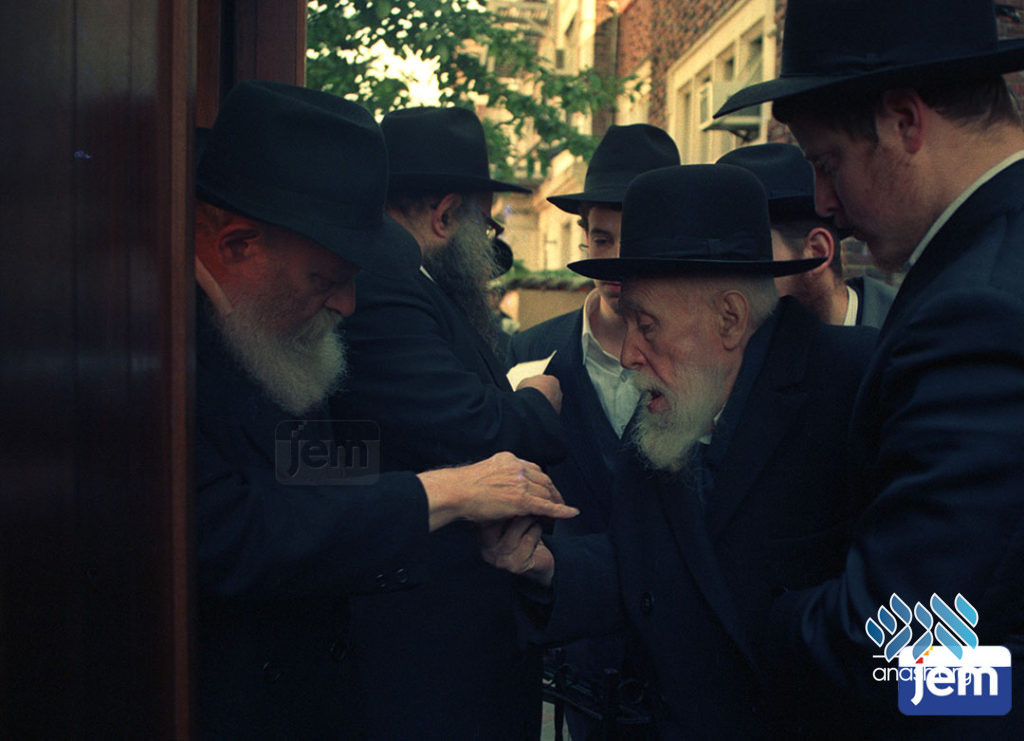
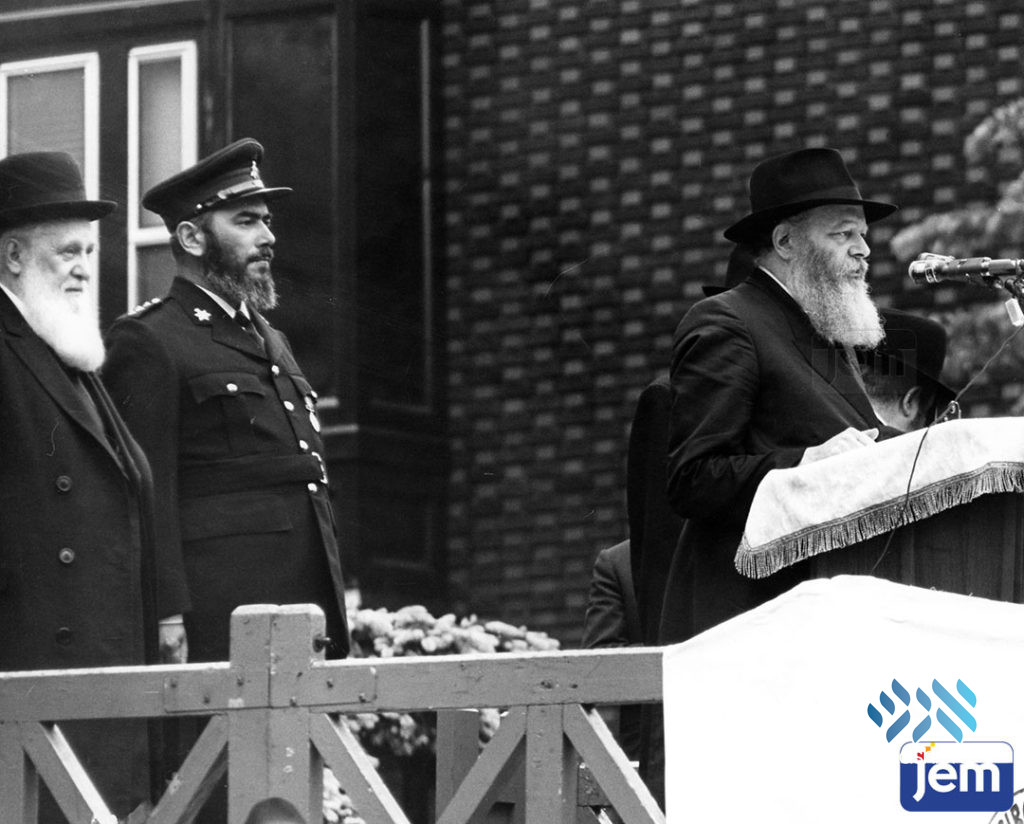
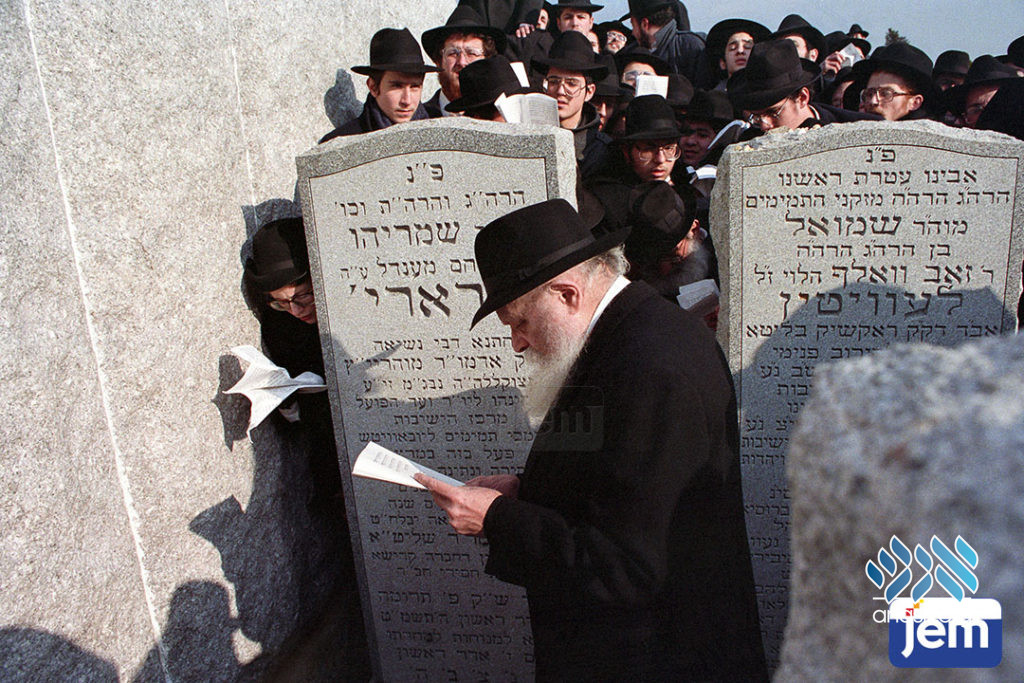
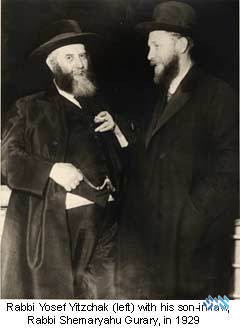
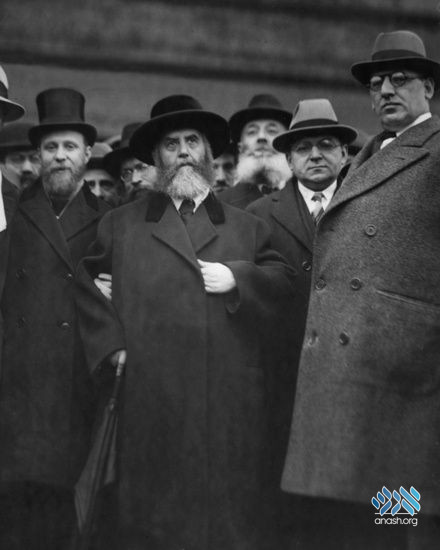
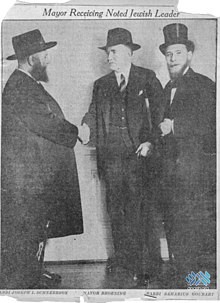
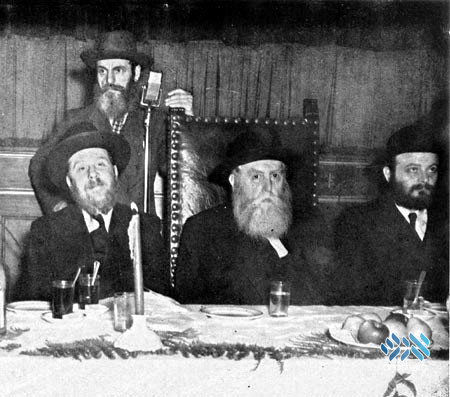
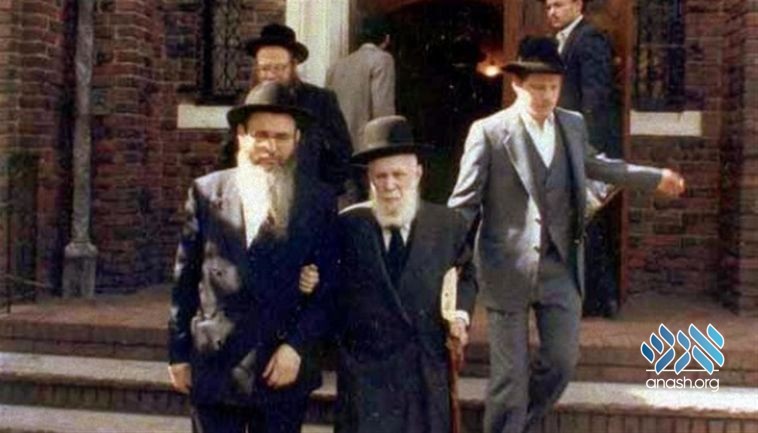
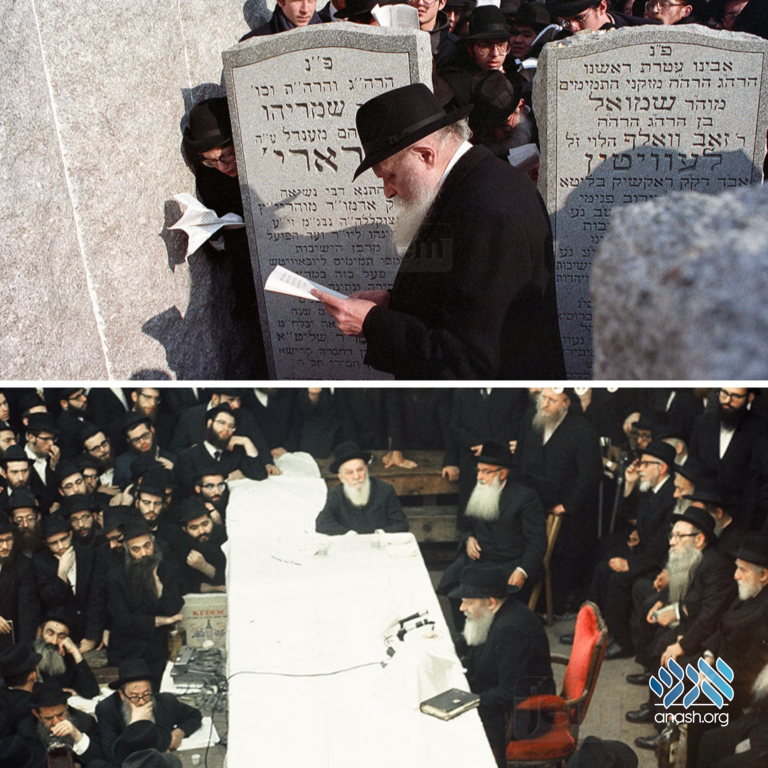
Send us your feedback